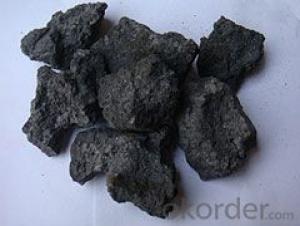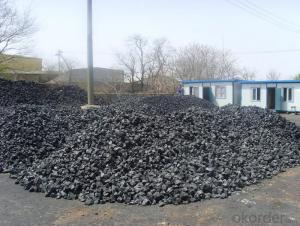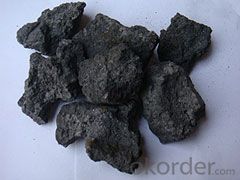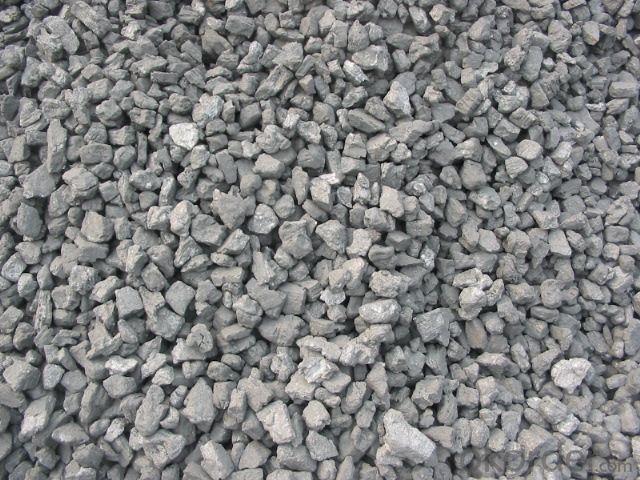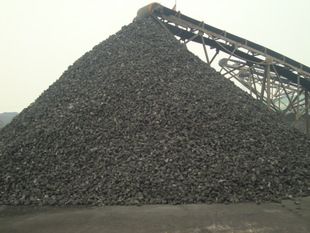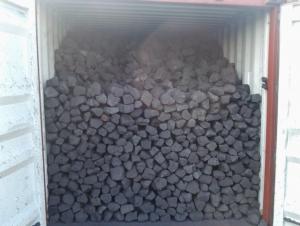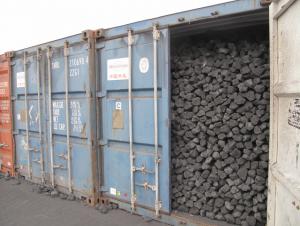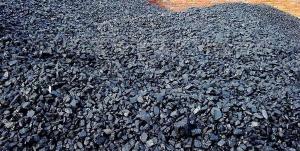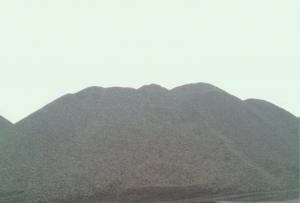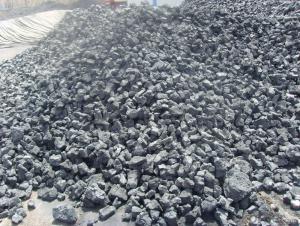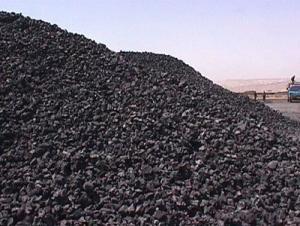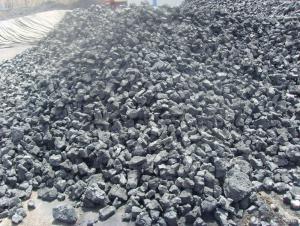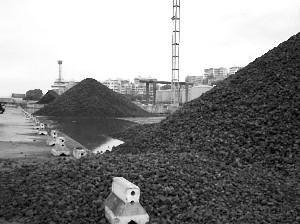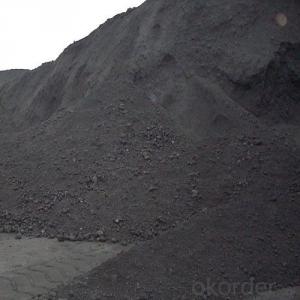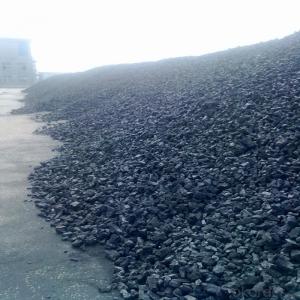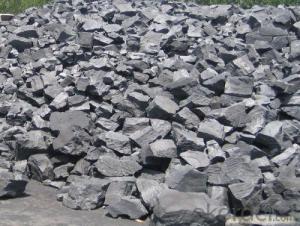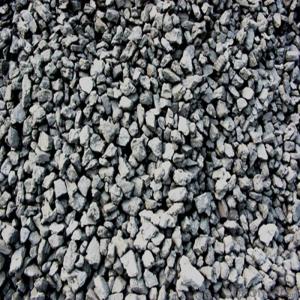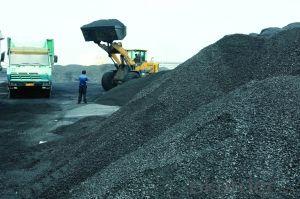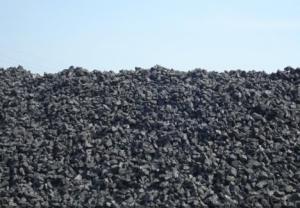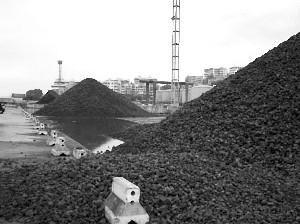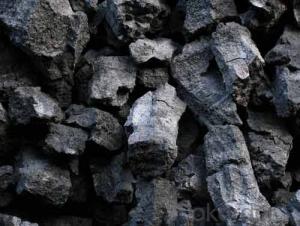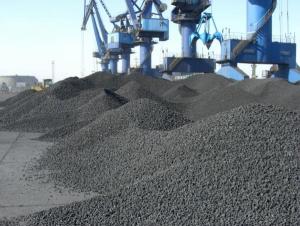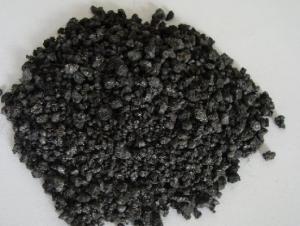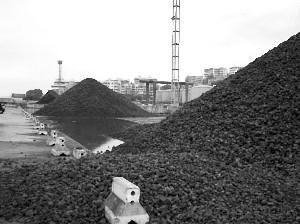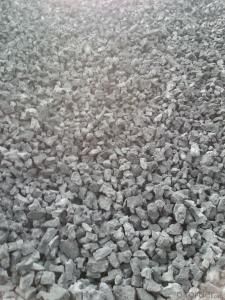Metallurgical Coke -- Coke Strength after Reactivity 65
- Loading Port:
- Tianjin
- Payment Terms:
- TT OR LC
- Min Order Qty:
- 100 m.t.
- Supply Capability:
- 3000 m.t./month
OKorder Service Pledge
OKorder Financial Service
You Might Also Like
1. Structure of Metallurgical Coke -- Coke Strength after Reactivity 65 Description:
Coke is made by high temperature metallurgical coke for blast furnace smelting, casting and gasification. Occurring in the process of coking after recovery and purification of coke oven gas is a high calorific value of fuel, is an important industrial raw material in organic synthesis.
Coke is mainly used for blast furnace ironmaking and used for copper, lead, zinc, titanium, antimony, mercury and other non-ferrous metal smelting of blast furnace, reducing agent, compound and the function of stock column frame.
Blast furnace with Coke instead of charcoal, which laid a foundation for the large-scale of modern blast furnace, is a major milestone in the history of metallurgy.
2. Main Features of the Metallurgical Coke -- Coke Strength after Reactivity 65:
• Quality assurance
• Mutual benefit
• Preferential price
• Various choice
3. Metallurgical Coke -- Coke Strength after Reactivity 65 Images:
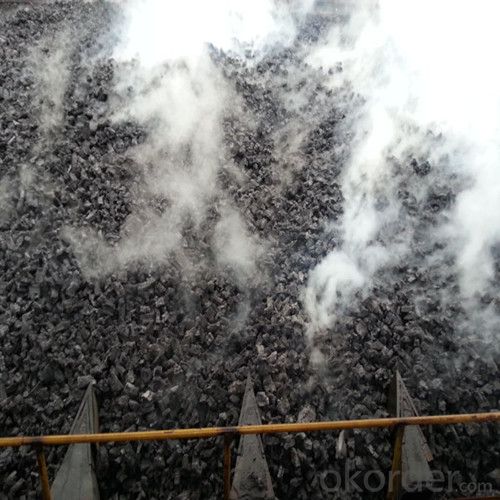
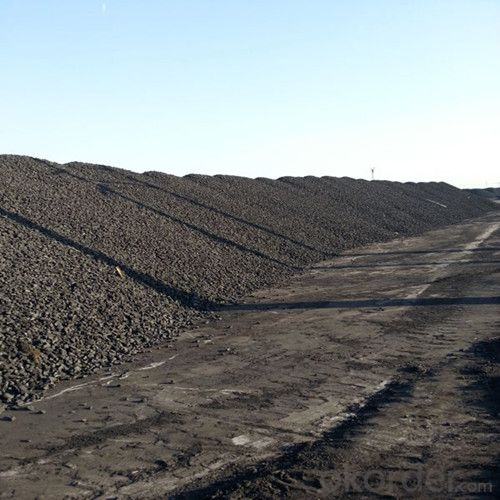
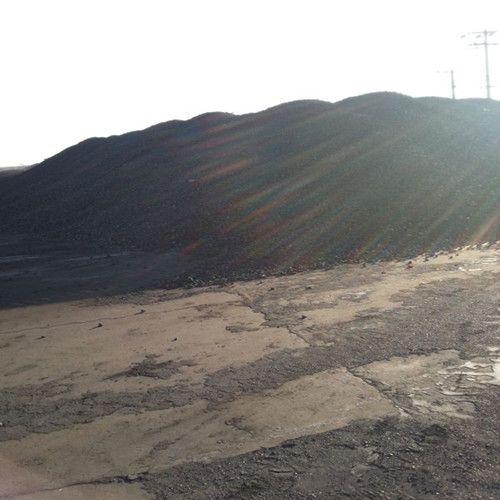
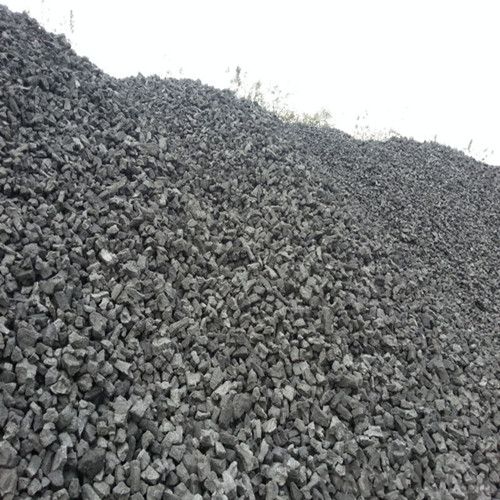
4. Metallurgical Coke -- Coke Strength after Reactivity 65 Specification:
Parameters | Guarantee | Rejection |
Total Moisture (As received basis) | 5% max | |
Ash (dry basis) | 12.5% max | > 13.5% |
Volatile Matter (dry basis) | 1.5% max | > 1.8% |
Sulphur (dry basis) | 0.65% max | > 0.75% |
Phosphorus (dry basis) | 0.035% max | > 0.045% |
M10 | 7% max | > 9% |
M40 | 84% min | <82% |
CSR | 65% min | <63% |
CRI | 25% max | > 27% |
Size 30-90 mm | 90% min | |
+90 mm | 5% max | > 8% |
-30mm | 5% max | > 8% |
5. FAQ
We have organized several common questions for our clients,may help you sincerely:
1) How to guarantee the quality of the products?
We have established the international advanced quality management system,every link from raw material to final product we have strict quality test;We resolutely put an end to unqualified products flowing into the market. At the same time, we will provide necessary follow-up service assurance.
2)Main type
Metallurgical coke is blast furnace coke, coke, iron alloy and nonferrous metal smelting with coke. As more than 90% of the metallurgical coke for blast furnace ironmaking, so often called the blast furnace coke metallurgical coke.
Foundry coke is dedicated to cupola molten iron. Coke is the main fuel of cupola molten iron. Its role is hot metal melting furnace charge and overheating, support stock column maintain its good air permeability. As a result, coke blocks should have large, low reactivity, low porosity, with sufficient impact crushing strength, ash content and low sulfur content.
In China, "natural coke" used as a fuel. Underground coal seam spontaneous combustion, and can also form natural coke. Natural coke, the grey to dark grey color, more porous, can sometimes show hexagonal prism shape. Compared with artificial coke, weight big, small porosity, density.
3) How about your company?
Our company began to export coke when China cancelled 40% of coke export tariffs and quotas on January 1, 2013. We export many kinds of coke, such as CSR60 % and CSR 62% metallurgical coke (met coke), the NUT coke of 20 to 50 mm, coke breeze of 3 to 6 mm, and so on.
- Q: Various types of coal coke are the main test items
- The basic instrument of coal laboratory of these conventional indicators required are: calorimetry, sulfur detection apparatus, muffle furnace (Gao Wenlu), or when the microcomputer controller temperature controller, drying oven (oven), instrument, glial layer measuring instrument, the ash melting point determination of caking index, in addition to auxiliary equipment: crusher, pulverizer, electronic balance, vibration sieve machine, two points etc.. The above is the coal test indicators by Hebi Huanuo coal testing equipment factory to provide, I hope to help you.
- Q: The total amount of heat released by the fully burnt 200g coke is 60% by mass of 10kg water absorption [q coke =3.0 * 107J/kg, C water =4.2 * 103J/ (kg = C)], q:(1) how much heat is absorbed by water?(2) if the initial temperature of water is 10 degrees C, then, after absorbing heat, the temperature will rise to how much?
- (1) the amount of heat released from complete combustion of coke:Q put =mq=0.2kg * 3 * 107J/kg=6 * 106J.Heat absorbed by water:Q =Q * 106J suction ETA =6 * 60%=3.6 * 106J;(2) Q =cm t suction dreams,Dry water temperatures:Delta t=Q ceilingC water m water=3.6 x 106J4.2 x 103J/ (kg * c) * 10kgC = 85.7,
- Q: Effect of coal fineness on coke
- In coking, the caking property is not good and the coke quality is reduced. Therefore, from the perspective of the uniformity of coal, coal fineness of some good. From the operation point of view, the greater the fineness of coal coal bulk density is lower, the production capacity of coke oven is low, into the coke oven, fine coal powder easily by gas is brought out, and easy blockage of ascending pipe, gas collector, affect the normal production of the coke oven, and the set of tar in the trachea increased, the effect of recovery operation. Therefore, from the production point of view, the fineness of coal should not be too large. Bulk coal in the top of the coke oven, coal crushing fineness of the general control in less than 3mm component in the range of 73~83%. Tamping coking, generally about 90%. In this range, the fineness of pulverized coal can meet the requirements of coke quality and coke oven operation. The small coal crushing will reduce the adhesion and the bulk density of coal, so as to reduce the coke quality.
- Q: What are the uses of these early industrial iron and steel? Any difference?What kind of carbon do we eat in the middle of a long strip of carbon?
- Charcoal:1 metallurgical industryIn the past, the charcoal was used to smelt iron ore, and the pig iron was melted by charcoal and coke. The structure and mechanical properties were not the same even if the chemical composition was the same. The charcoal smelting pig iron generally has the fine grain structure, the casting is compact, does not have the crack the characteristic, the pig iron with the charcoal production contains the impurity is few, is suitable for the production high quality steel. Due to the reduction of charcoal, so in the metallurgical industry can be used to restore ore smelting metal.In the non-ferrous metal production, charcoal used for surface flux, non-ferrous metal melting, the surface flux in the molten metal surface protective layer, so that the separation of metals and gases, can reduce the loss of molten metal splash, and can reduce the melting material in gas saturation.A large amount of charcoal is also used to produce crystalline silicon, silicon used charcoal ash production should not contain too much carbon and head.
- Q: How to distinguish the level of coke. What is metallurgical coke
- Coke type: coke is usually divided by use of metallurgical coke (including blast furnace coke, coke and iron alloy coke etc.), coke and calcium carbide with coke gasification
- Q: What are the requirements for the quality of coke in blast furnace smelting
- Coke is a solid product of high temperature carbonization, the main component is carbon, is a crack and irregular pore structure (or porous). The number of cracks has a direct impact on the strength and crushing strength of the coke, the index is generally measured in terms of crack degree (the number of cracks in the unit volume coke). The index of pore structure is mainly expressed by the porosity rate (the percentage of the total volume of coke), which affects the reactivity and strength of coke.
- Q: What are the ingredients of coke
- Two, coke distributionAccording to the distribution of coke production in China, the geographical distribution of coking enterprises in China is unbalanced, which is mainly distributed in North China, East China and northeast china.Three, the use of cokeCoke is mainly used in blast furnace ironmaking and smelting of non-ferrous metals such as copper, lead, zinc, titanium, antimony, mercury and so on. The use of coke instead of charcoal in the blast furnace has laid the foundation for the large-scale development of modern blast furnaces and is a major milestone in the history of metallurgy. In order to achieve better technical and economic indexes of blast furnace operation, the coke (metallurgical coke) must have proper chemical and physical properties. In addition to a large number of coke used in iron smelting and non-ferrous metal smelting (metallurgical coke), but also for casting, chemical, calcium carbide and iron alloy, the quality requirements are different. Such as foundry coke, generally require large size, low porosity, high fixed carbon and low sulfur; chemical gasification, strict requirements for strength, but requires good response, high ash melting point; calcium carbide and coke production requirements to improve the fixed carbon content.
- Q: In the coke analysis index, M40% and M25% respectively mean what?
- M40% and M25% represent the breaking strength rate, 40%>25%, which means that the M40% coke is more resistant than M25%
- Q: What is coke and how is coke classified?
- Metallurgical coke is coke, coke, iron alloy coke and non-ferrous metal smelting coke for metallurgical coke collectively. More than 90% are used in blast furnace, the furnace coke often called metallurgical coke. Metallurgical coke quality standard Chinese formulation (GB/T1996-94) is the blast furnace quality standards.Gasification coke is a kind of coke, which is specially used in the production of gas. It is mainly used in the fixed bed gas producer with solid slag, as the raw material to produce CO and H2 gas:C+O2 - CO2+408177KJCO2+C - 2CO-162142KJC+H2O - CO+H2-118628KJC+2H2O - CO2+2H2-75115KJBecause the process of producing the CO and H2 are endothermic reaction, need heat supplied by the coke combustion, so the heat is gasified char gasification process. The gasification coke required low ash content, high ash fusion point, block degree appropriate and uniform. The general requirements are as follows: >80% fixed carbon ash; 1250 degrees Celsius; volatile 84%, ash
- Q: What is coke? What is the use?
- Lay the foundation for large-scale modern blast furnace, is an important milepost in the history of metallurgy. The blast furnace operation and achieve good technical and economic indexes, smelting with coke (coke) must have appropriate chemical and physical properties, including thermal properties in the smelting process.
Send your message to us
Metallurgical Coke -- Coke Strength after Reactivity 65
- Loading Port:
- Tianjin
- Payment Terms:
- TT OR LC
- Min Order Qty:
- 100 m.t.
- Supply Capability:
- 3000 m.t./month
OKorder Service Pledge
OKorder Financial Service
Similar products
Hot products
Hot Searches
